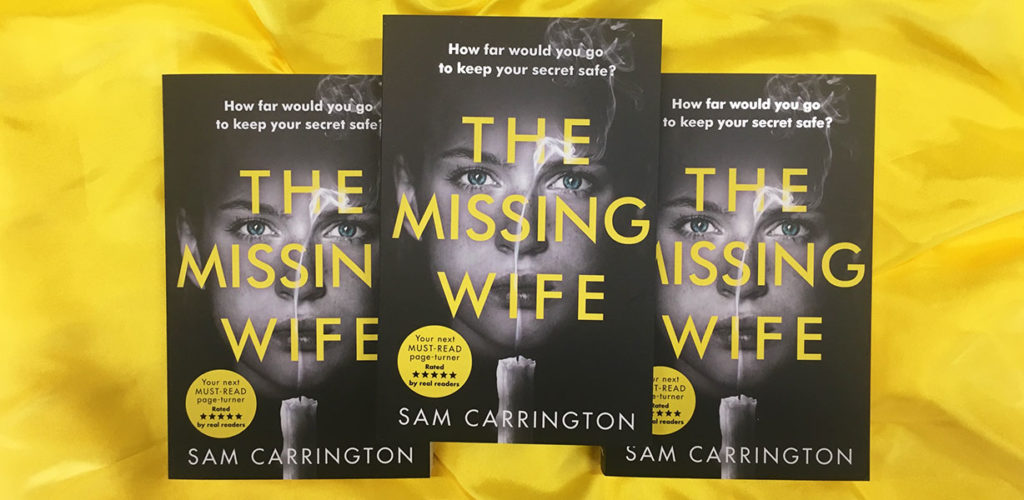‘Don’t talk with your mouth full.’
Sound advice from Mum and Dad. Nobody likes watching someone speaking and eating at the same time, for obvious reasons. It’s gross to look at. But on the printed page you can get away with it. No messy crumbs, no unpleasant noises, no unwelcome glimpses of half-masticated meal, unless you deliberately point it out. So, food, eating and by extension recipes, have a part to play in written crime fiction that wouldn’t look so good on the screen.
The most extreme form of deadly recipe I can immediately think of would be Shakespeare’s Titus Andronicus where Titus makes a pie with the blood, bones and heads of Tamora, the Queen of the Goths sons, and serves it to her.
Pies being a British favourite, it is hardly surprising that they, their fillings, should crop up in British crime fiction. In 1847, Sweeney Todd, the Demon Barber of Fleet Street appears, in a story called ‘The String of Pearls’. Sweeney Todd, later immortalised in an opera by Steven Sondheim and by Johnny Depp in a film would not be nearly so popular were it not for his ‘Bake-off’ style accomplice, Mrs Lovett. It was she, Mrs Lovett, who disposed of his victims by baking them in her pies.
While most of us would recoil from the idea of cannibalism, it is famously embraced by Thomas Harris’s Hannibal Lecter who memorably not only eats the unpleasant Paul Krendler, a D.A from the Justice Department, but does so while he’s alive. Following a spot of cranial surgery, the unfortunate Krendler’s brains are removed, sautéed and served with a beurre noir to Clarice Starling. I suspect that most of us would not wish to eat brains at the best of times, even if non-human and cooked by someone who knew what they were doing. But for those interested in the Dr Lecter school of gastronomy try the Escoffier recipe for ‘Cervelle au Beurre Noir’ which is to be found in his book Ma Cuisine alongside other brain dishes including ‘Brain Loaf’ which admittedly sounds better in French, ‘Pain de Cervelle a la menagerie.’
It’s not only the victims that can be disposed of through cooking. Evidence can be hidden too. In his short story, ‘Lamb to the Slaughter’, Roald Dahl has his murderer kill her husband with a frozen leg of lamb. The detectives search for the house for the murder weapon while it serenely sits in the oven only to be served to them by the killer after their fruitless search.
The above examples are fictional, but truth, as ever, can get seriously weird with deadly recipes.
‘Fried Penis’. As bad as it sounds, and unfortunately not a figment of someone’s imagination. In 2001 a German computer expert, Armin Meiwes, severed the member of an engineer, Bernd Brandes, and fried and ate it. As did Brandes to whom it belonged. The whole thing was consensual making it a very macabre dinner party indeed. Meiwes later killed Brandes, chopped him up, froze him and over the next few weeks ate about 20 kg of his victim. He was a devotee of frying and used a lot of garlic and olive oil in his recipes. He claimed that Mr Brandes tasted of pork.
But human flesh per se, is not deadly (although you can contract ‘kora’ a disease a bit like Mad Cow Disease, from eating people. So if you are going to do so, steer clear of offal and spine and of course, brains. Hannibal Lecter was sailing close to the wind.) To make up this deficit, nature is only too willing to provide alarming delicacies.
Fugu fish in Japan is widely regarded as a delicacy, despite or because of, the fact that it contains a lethal poison, tetrodotoxin. If this is eaten then the victim is paralysed and, unable to breathe, dies of asphyxiation (Oh, and there is no known antidote). You have to go to specialist restaurants for it where chefs train for two to three years to get a certificate before they can legally prep and serve it. This doesn’t stop accidents, and in a ten year period (1996-2006) some 20-44 Japanese were hospitalised annually of whom 0-6 died in any given year.
Over in the West we’re more conservative with our food. Fugu is unlikely to appear at Yo Sushi in the near future, although sticking with a Japanese theme, relatively recently, Alexander Litvinenko was poisoned with Polonium 210, a radioactive isotope, at the Japanese restaurant Itsu in London’s Piccadilly by FSB agents. In Britain, although we have no deadly fish, we do however have mushrooms.
In 2013, 237 people were reported poisoned by mushrooms in Britain, according to NPIS, the National Poisons Information Service. On the Woodland Trust web-site, there are seven particularly dangerous ones to look out for. Looking at the pictures of them they all look alluringly edible.
The novelist and ex restaurant critic John Lanchester in his book, A Debt to Pleasure, had his anti-hero, Tarquin Winot, dispose of people with poisonous mushrooms in an omelette. In a real life accident, the writer of the Horse Whisperer, Nicholas Evans, and members of his immediate family, very nearly died after mistaking the Deadly Webcap mushroom for a non-deadly variety. The webcap contains Orellanin, a truly dreadful poison and, here’s the awful thing, looks not only totally innocuous but very like the harmless cep.
So, deadly recipes, from the Empress Livia poisoning her husband Augustus with figs, circa AD 14, via the fictional Titus right up to Homer Simpson eating Fugu at The Happy Sumo and being given only 22 hours to live, have a long and illustrious history. But one thing is for sure.
If you do go foraging for ceps or chanterelles, make sure you really know what you’re doing, unless you’re a die-hard fan of life-long dialysis. Or you want to kill someone.



